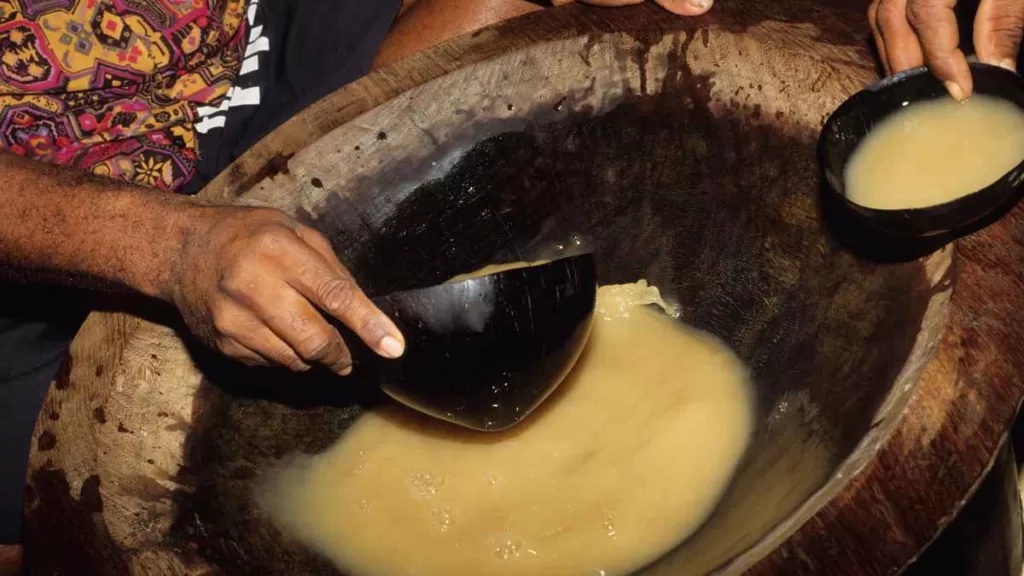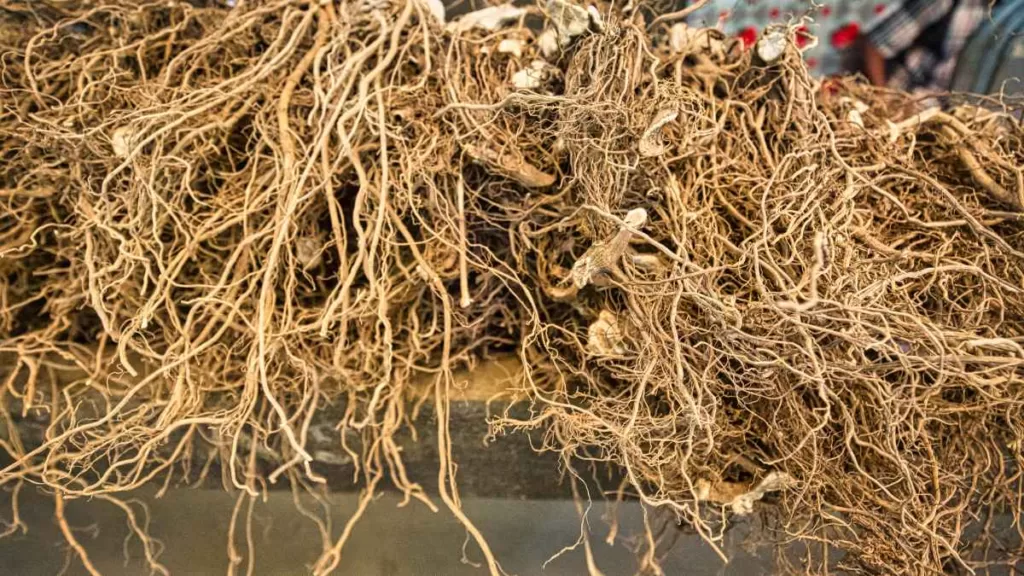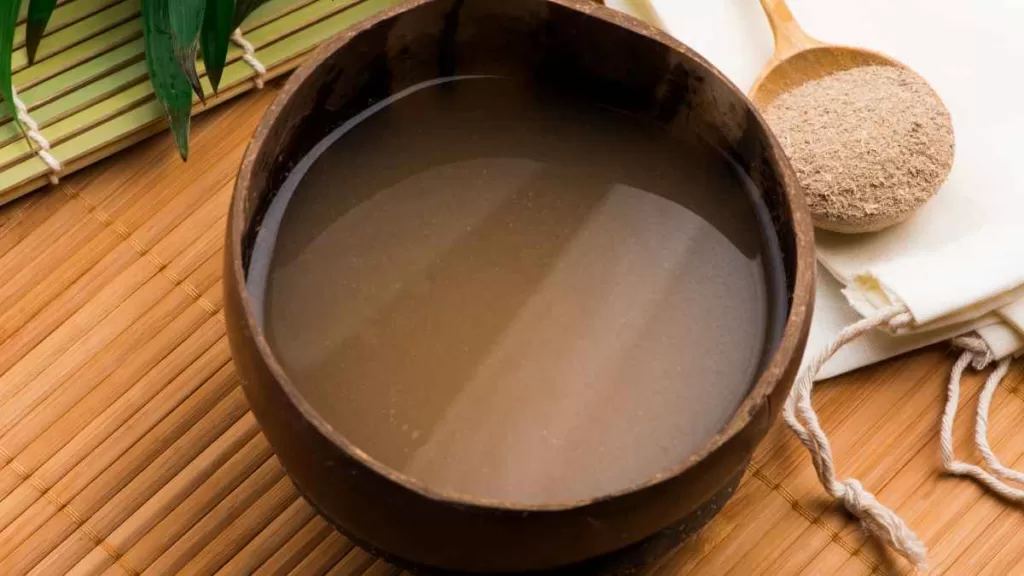A Traditional Fijian Kava Ceremony: Kava Culture
Introduction
Kava is a traditional beverage in Fiji and the South Pacific. When prepared by local villagers, it’s a potent mix of roots, leaves, and water. But today kava drinks are often made from just the root of the kava plant which contains a higher concentration of kavalactones which are the active ingredient.
While there’s no substitute for drinking kava with locals in Fiji or other Pacific islands, this section will give you an idea what to expect if you are lucky enough to participate in a ceremony in Fiji or at home, or at one of many kava bars around the world.
Fun Facts!
Here are Some Fun facts about kava! Kava is traditionally drank out of a coconut shell which is why each serving is called a shell of kava! It is usually drank socially in a group kind of like doing a toast but instead of saying “cheers” everyone says “bula!” which loosely means “to long life, and good health.” You might think that Fiji has the most kava bars out of any other place in the world since it originated there. However, the highest concentration of kava bars in the world is actually in St. Petersburg of Pinellas county Florida where Elixily.com is based. There are over 100 bars that serve kava there which has allowed us to sample hundreds of different types of kava from the South Pacific. That is why we are confident that our Premium Fijian Kava is some of the best in the world. If you would like to read more about Kava check out the wiki page here or check out our recent blog to learn how to make kava at home!

What is Kava?
Kava is a traditional drink made from the root of the kava plant. The roots are ground into a fine powder and mixed with water, where they are strained and served in a shell.
When you drink kava, it produces a mild buzz that lasts for about one hour. It’s notlike alcohol because you don’t get drunk or feel any sort of hangover afterward; rather, it’s more like being very relaxed, focused, and social (but not sleepy) while still being able to function normally when needed. You can also feel some tingling in your mouth and tongue while drinking kava.
Kava has been used traditionally by people throughout the Pacific Islands for centuries as part of religious ceremonies and social gatherings—and it’s still commonly consumed today!

Where can I find it?
Kava is a common beverage in Fiji and readily available at most restaurants there, as well as kava bars all over the world. If you’re looking for local flavor and an authentic experience, we recommend trying this drink at one of these establishments. You can also find it online if you don’t want to go out or have never tried kava before!
How Does the Ceremony Work?
The kava ceremony is a social event that usually takes place in the evening and is attended by both men and women. Most often, it consists of sharing kava between two or more people.. The bowl is usually passed around the circle until everyone has had their turn to drink from it and pass it along again, but don’t worry about sharing germs because kava is naturally antimicrobial.
The kava plant itself can be prepared using different methods, each with its own unique taste and consistency. In some cases, this may involve simply chewing fresh roots; in others, they may be dried or ground up into powder form—all depending on how strong you want your kava to be!
When participating in a traditional Fijian ceremony as part of your visit to Fiji’s islands (or if you live there), remember these tips:
If you are lucky enough to be invited to a kava ceremony, keep in mind these etiquette tips.
If you are lucky enough to be invited to a kava ceremony, keep in mind these etiquette tips.
- Be respectful of the host.
Kava ceremonies are sacred and serious business and should be treated as such. If you’re invited, show up on time (and don’t be late), stay for the whole thing and be respectful of everyone involved when they speak during it. This includes being quiet when someone says something important or asks questions during speeches—there’s no need to interrupt unless it’s absolutely necessary; it may seem rude at first but everyone will understand once you’ve been there for a minute or two!
- Don’t eat before drinking kava.
The important thing about drinking kava is that it takes some time for its effects to kick in—so if you’re hungry before having some drinks, it might not work as well as if there wasn’t anything else competing with your body’s systems at the same time (like food). Plus: eating while drinking can lead people who aren’t used to consuming these types of beverages into feeling nauseous because they might think their stomachs are hurting them when really it’s just their bodies adapting slowly

Learn about Fijian culture through this important tradition.
Kava is a cultural tradition that’s important to the Fijians. It’s an opportunity to learn about the culture and traditions of Fiji, as well as an opportunity to meet new people. You might think it’s just drinking tea, but there is much more to it than that. The ceremony is performed by a kava official who mixes floury rootstock with water which creates a muddy-looking liquid that smells terrible but tastes great! Kava has been around for thousands of years in Fiji
Conclusion
The kava ceremony is a great way to learn more about Fijian culture and the people who make it what it is. Even if you don’t participate in the actual drinking, just sitting around and observing can be an enlightening experience. Kava is made from a plant called Piper methysticum, which has been used in Fiji for centuries as part of traditional medicine practices. Some people use kava as a natural remedy for anxiety or insomnia while others drink it just because they enjoy its mild sedative effects!








